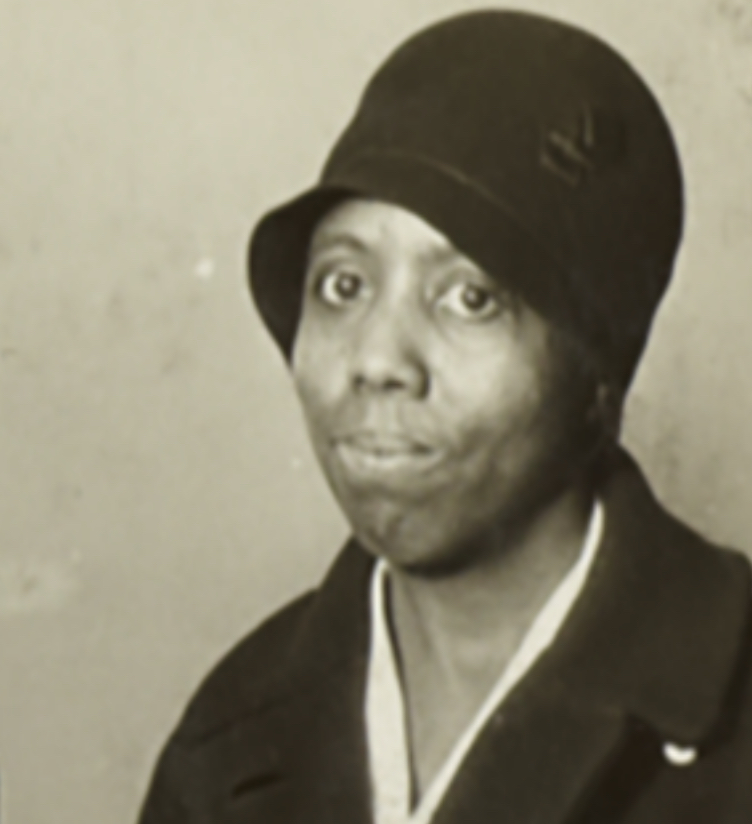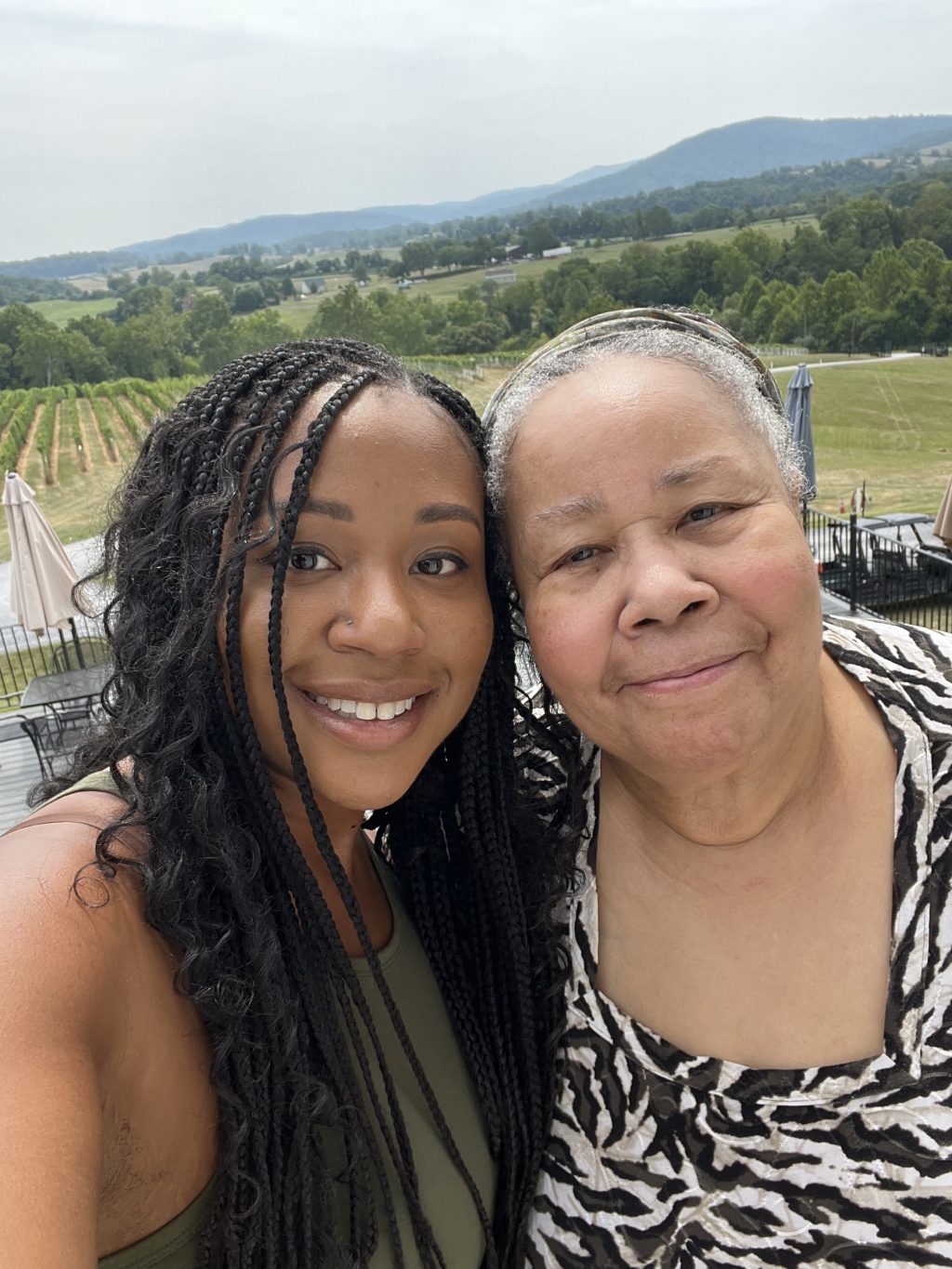 By Claudie Benjamin
By Claudie Benjamin
Remarkable? Yes. Sadie Stewart Hobday was a public health pioneer who took the goal of doing good to heart. From what is known about her life, this Black woman from the South was undeterred by race-related barriers and ever-present currents of violence of the time, characterized by rampant prejudice that limited access to education, health care, and job opportunities. She was among the numerous individuals dedicated to improving the health of residents of San Juan Hill in the 1920s and 30s.
Born in Phoebus, Virginia, Sadie graduated from Hampton University in 1923. She was successful first as a teacher at the Penn School. Affiliated with Hampton beginning in 1900, Penn was located on St. Helena Island, South Carolina; it was the first school for Black Children in the South. According to a Community Service Society (CCS) article (2023) focusing on Sadie’s contributions to public health nursing in urban settings, “Hobday’s path to CSS began in the Gullah community of Saint Helena Island, South Carolina, where she worked as a teacher and social worker at the renowned Penn School. Her role involved visiting local families and assessing their needs. She was often accompanied by a doctor or nurse and was moved by the nutritional and health deficiencies she encountered on these visits. This was her inspiration for the study of nursing.” She went on to earn a graduate degree in Nursing from the Lincoln School for Nurses in the Bronx.
Sadie took on what could only have been a momentous challenge, addressing the continuing clinical needs of victims of the 1921 Tulsa Massacre, the historic race riot in Oklahoma. She had a leadership role in the opening of a new brick clinic building where she managed its clinical staff.
According to The Southern Workman, in 1925, Sadie married James L. Hobday, an engineer who was also a Hampton University graduate, and the couple made plans to move to Brooklyn.
By 1927, Sadie held a leadership role at the Columbus Hill Health Center at 224 West 63rd Street in San Juan Hill, leading a clinical staff of Black nurses devoted to treating patients with tuberculosis and addressing the complexities of reducing infant mortality. Later, she moved to Tuckahoe, NY, and then she and her husband settled in West Stockbridge, MA. Sadie lived in the Berkshires until she passed away at the age of 78 in 1968.
 Sadie’s family has not forgotten this remarkable relative. Delores Stewart, RD, a nutritionist and public health advisor, and her daughter, Christina Ogunsuyi, a biologist who focuses on human health exposures to pesticides, recently searched their memories and shared some details of Sadie’s life. “She was petite and very strict, always smartly dressed,” said Delores, who remembered her occasional visits as a house guest at her family’s home in Jamaica, Queens. Describing the large family whose members were supportive of each other, Delores said, “Aunt Sadie was the second oldest sibling of nine children born to my grandparents (William and Isabelle), and all children graduated from college, many with graduate degrees. My dad was the eighth child and had a close tie to Aunt Sadie. “
Sadie’s family has not forgotten this remarkable relative. Delores Stewart, RD, a nutritionist and public health advisor, and her daughter, Christina Ogunsuyi, a biologist who focuses on human health exposures to pesticides, recently searched their memories and shared some details of Sadie’s life. “She was petite and very strict, always smartly dressed,” said Delores, who remembered her occasional visits as a house guest at her family’s home in Jamaica, Queens. Describing the large family whose members were supportive of each other, Delores said, “Aunt Sadie was the second oldest sibling of nine children born to my grandparents (William and Isabelle), and all children graduated from college, many with graduate degrees. My dad was the eighth child and had a close tie to Aunt Sadie. “
Delores added, “Aunt Sadie would have been pleased to know that her niece majored in Public Health Nutrition in her graduate studies, that her great niece, Christina, earned a Master’s in environmental and occupational health sciences, and her other great niece became a dentist.”
Christina, intrigued by Sadie, a relative who died years before she was born, wrote a blog piece in 2019 to honor her great aunt and other accomplished family members who inspired academic achievement and commitment to community service in the more recent generations.
“They achieved their dreams and goals in a world that repeatedly told them that they were less valuable because of their skin color. I take their revolutionary act as a form of service for generations to come. Although I have not met them, I know they have shaped my life and my future for the better; and I thank them so much for their existence.”
